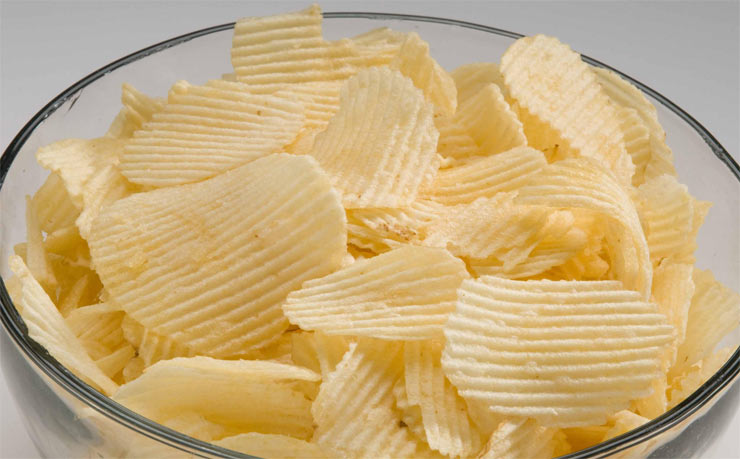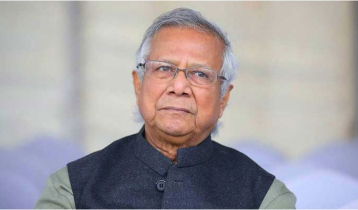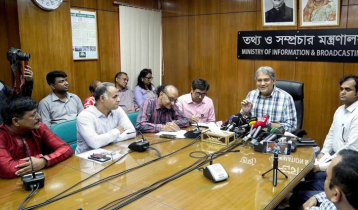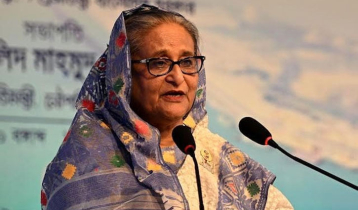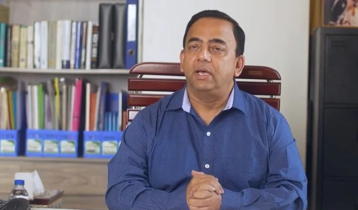Food and dining trends of 2014
Md Mahfuzur Rahman || risingbd.com

Food and dining trends of 2014
Risingbd Desk: From organic food to ancient grains, tapas to molecular gastronomy, spiced flavoured beverages to edible flowers and unexplored regional cuisine, Food and Beverages (F&B) in 2014 was a mélange of the old and the new.
What goes out comes back in vogue. The old is the latest new and classics are timeless. If any year has proven each of the above adages to be true with a generous sprinkling of its own new flavours of course, it has been 2014. With the year all set to leave center-stage, we look at some of the interesting concepts that held the food world’s attention year long and that of diners too.
GOING ORGANIC
Circa 2009, a famous brand advertisement made fun of organic aloo. Clearly they didn’t know that exactly five years hence, it would be the buzz word on every dining table, with the F&B world turning back to the good old time, where food was produced organically and chemical free. The year 2014 saw not only hotels hosting Organic Farm Markets (with Karen Anand helming a four city drive), but also standalones bringing them into their menu. In fact, says Vikas Seth, Corporate Executive Chef, Dish Hospitality, “Organic food became the symbol of food being fresh, healthy and flavourful.”
Of course the whole drive led to the year’s another trend- Single Source Produce. Says Zubin D’Souza, Executive Corporate Chef, Mars Enterprises, “2014 saw single-origin food as one of the big trends in the food & beverage industry. Procuring food from a single farm or a single region was given a lot of importance, more so as it translated into better quality, better tasting food.” In fact, adds Indrajit Saha, Executive Chef, Sofitel, “More F&B outlets began stocking products like wine and chocolate made from a single source as it not only established a certain credibility to the product but also consistency in the end product.”
DE-CONSTRUCTING A DISH STORY
Deconstructed. The most heard word on every Chef’s table in 2014 (and last leg of 2013) was more like a spillover from 2011, when the concept made its debut on the Indian dining table with the humble apple pie breakdown. Since then the thrill of presenting a dish – Indian and otherwise – with each of its elements showcased in a unique fashion has held the fancy of both the diners and the chefs. The indulgence of course reached its pinnacle in 2014. Says Anjan Chatterjee, Founder & MD Specialty Restaurant, “Deconstruction added a new dimension to the process of creating and dining. Suddenly, food turned into an indulgence that if on one hand egged the chefs to be more creative with plating it encouraged diners to discover flavours in a whole new way. In fact, today the whole element of surprise is what attracts diners to explore new places, and deconstructing helped in creating that experience.”
MOLECULAR GASTRONOMY MAKES WAVES
It was in 1999, when the modern-day Molecular Gastronomy made its appearance in India. Alas, a few experiment aside, the technique made little waves in the food world. That was till 2013, when suddenly Molecular Gastronomy took people’s attention by the nose – with Indian cuisine playing the proverbial Pharaoh’s boat.
Thanks to Culinary benchmarkers like Masala Library by Jiggs Kalra and a few others, Indian cuisine finally dropped its ‘huge portion, oil laced’ appearance for a chic outing. Indian food suddenly took the world by surprise with its easy flavour marriage and unique presentation. And with it the 2000 export technique suddenly became a skill to master for many in the food business. And words like spherification, flavoured foams and smoke infusions a common feature in the dining space with Indian chaats, sweets and even beverages using the technique to make the experience memorable.
Says Zorawar Kalra, Founder & Managing Director, Massive Restaurants Pvt. Ltd (that owns Masala Library and Farzi Café), “Suddenly, people – diners and chefs – discovered how one could use concepts like molecular gastronomy and other sciences to ring in a new dimension to each Indian dish presented and up the dining experience. Chefs became experimental, kitchens became lab and the concept of Progressive Indian Cuisine was born. In fact, restaurants began focusing on offering high quality dining experiences, at par with international standards with a better understanding and implementation of this science.”
In the coming years, adds Zorawar, “showcasing lesser-known Indian cuisine using modern techniques while preserving the ancient culinary traditions will be biggest trend.”
Agrees Paul Kinny, Director Culinary, Pallazzio Hotels & Leisure Ltd, who feels that molecular gastronomy will reach a new level with Indian cuisine exploding the world scene in 2015 as it will become a useful tool in preserving the traditional flavours without making the classic dishes look mundane. “The arancini has already shown how science can be used to make food more interesting.”
Source: indianexpress
risingbd/ Dec 25, 2014/ Mahfuz/ Nasim
risingbd.com

